Theaters, Croatia
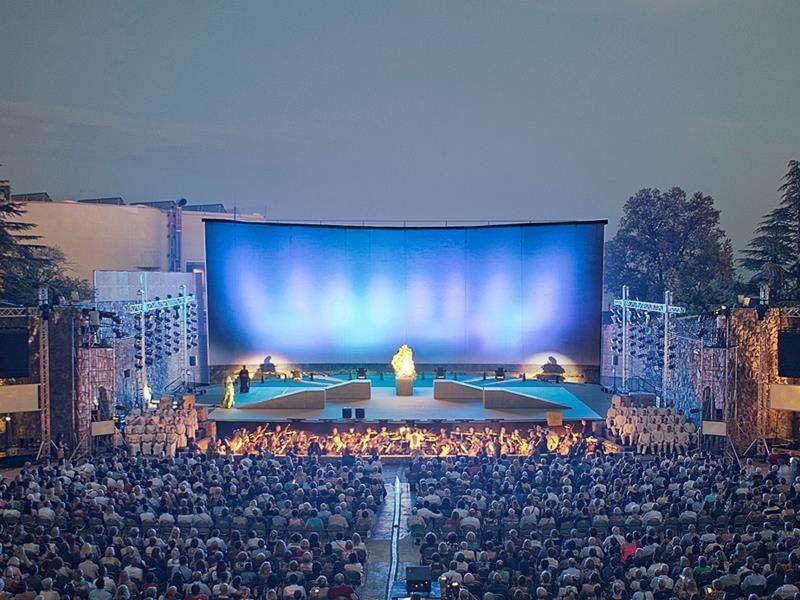
Removed from Unnamed collection
Open Air Theatre 
Opatija, this jewel of the Adriatic Sea, with its tradition in tourism of more than 160 years is one of the best known destinations in Croatia. Situated on the eastern rim of the Mediterranean basin, on the coast of the Kvarner Bay, at the foot of the Učka Mountain slopes https://www.visitopatija.com/en/open-air-theatre-p483
Map
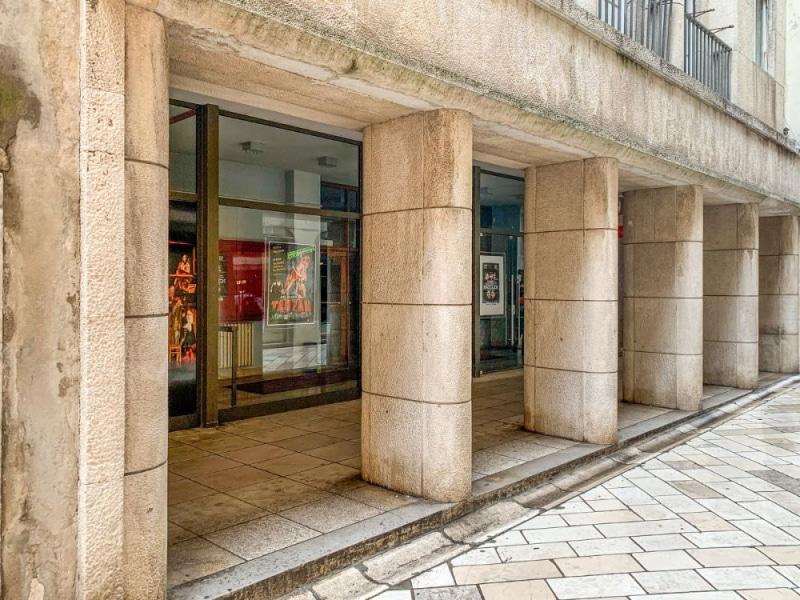
Removed from Unnamed collection
Croatian National Theatre Zadar 
The Croatian National Theatre has its ensemble that was founded 14 years ago when it starts with professional productions with Zadar acting forces. It has a prepaid and not prepaid programme as also the Zadar Theatre Summer.
Croatian medieval liturgical dramas and liturgical games have been performed in Zadar already in the 11th century, so it is since then that begins the history of Croatian theatre. The first modern theatre dates back to the year 1783 (Nobile Teatro), while the New Theatre from the year 1865 was the most beautiful theatre building in Zadar. The first professional theatre from 1945 carries the name National theatre (Narodno kazalište), and today Croatian National Theatre (Hrvatsko narodno kazalište) Zadar. The total percentage of visits to its programmes is 85 per cent. https://zadar.travel/attractions/attractions/croatian-national-theatre
Map

Removed from Unnamed collection
Arena Amphitheater 
The most famous and important monument, the starting and ending point of every sightseeing tour is the Amphitheater, popularly called the Arena of Pula, which was once the site of gladiator fights. It was built in the 1st century AD during the reign of Emperor Vespasian, at the same time as the magnificent Colosseum in Rome.
The ground plan is elliptical, the longer axis measuring about 130 m and the shorter one about 100 m. Gladiator fights took place in the central flat area called the arena, while the spectators could sit on the stone tiers or stand in the gallery. It is believed that the Amphitheater could seat about 20,000 spectators. Local limestone was used for its construction. In the Middle Ages, it was the site of knights tournaments and fairs.
Today, it is the venue for many different events – Pula Film Festival, various concerts, opera, ballet, sports competitions… since its capacity is about 5000 spectators. http://www.pulainfo.hr/where/arena-amphitheater-2
Map
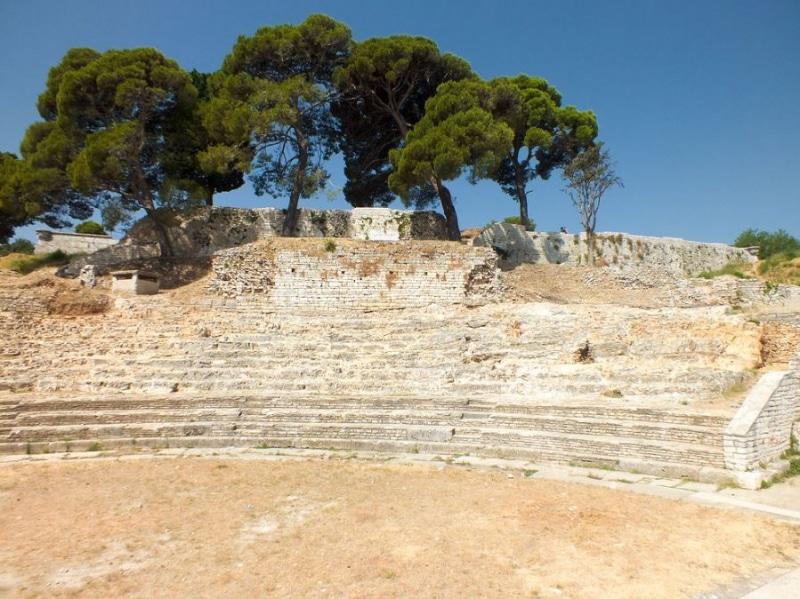
Removed from Unnamed collection
Roman Theater Pula 
On the northeastern slopes of the central hill of the city, below the Castle are the remains of a Roman theater: in addition to the Amphitheater, Pula had two other theaters during the Roman period. The larger one, which has not been preserved, was situated outside the city, on the slopes of Zaro hill (Monte Zaro), south of the city walls. The other theater known as the Small Roman Theater was situated within the city walls. The remains of scene, semicircular orchestra and tired section for the audience have partly been reconstructed. Below the theater is the building of the one-time German Royal Gymnasium, which in 1930 became the Archaeological Museum of Istria. Today the museum displays a rich collection of prehistoric, classical and early medieval monuments found in Istria. https://www.pulainfo.hr/where/small-roman-theater
Map
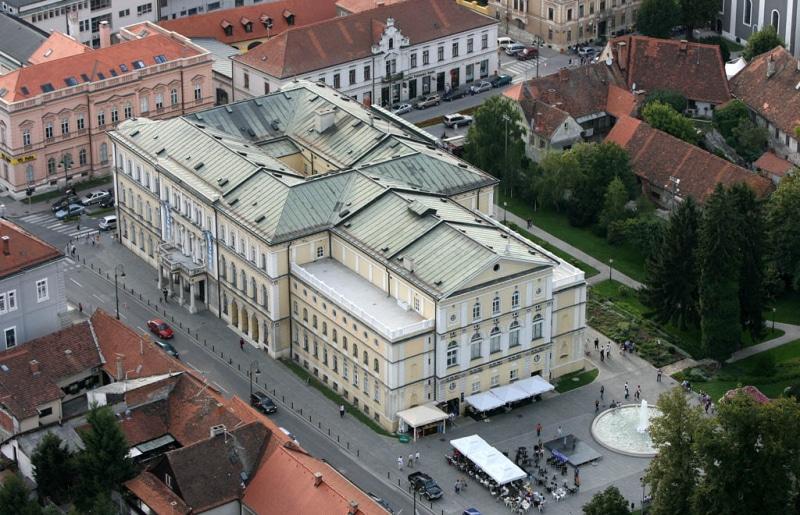
Removed from Unnamed collection
Croatian National Theatre in Varazdin 
One of the main theatre in the city of Varazdin. http://www.tourism-varazdin.hr/en/theater-music-film/
Map
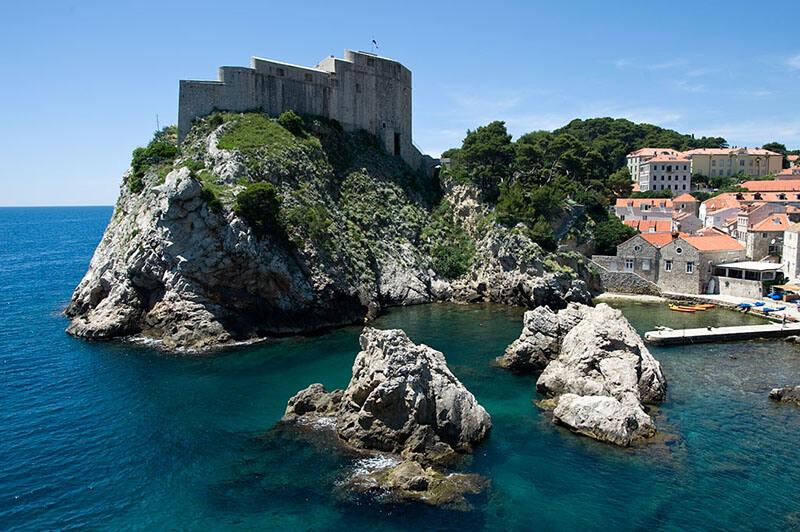
Removed from Unnamed collection
Fort Lovrijenac 
Fort Lovrijenac or St. Lawrence Fortress, often called “Dubrovnik’s Gibraltar”, is a fortress and theater located outside the western wall of the city of Dubrovnik in Croatia, 37 m above sea level. Famous for its plays and importance in resisting Venetian rule, it overshadows the two entrances to the city, from the sea and by land. Early in the 11th century the Venetians attempted to build a fort on the same spot where Fort Lovrijenac currently stands. If they had succeeded, they would have kept Dubrovnik under their power, but the people of the city beat them to it. The “Chronicles of Ragusa” reveal how the fort was built within just three months time and from then on constantly reconstructed. When the Venetian ships arrived, full of materials for the construction of the fort, they were told to return to Venice. The Croatian leg of the Red Bull Cliff Diving World Series takes place in Lovrijenac. https://www.godubrovnik.guide/dubrovnikthingstodo/fort-lovrijenac/
Map

Removed from Unnamed collection
Croatian National Theatre Zagreb 
The repertoire is very rich including the world classics, national tradition and contemporary works.
As a matter of fact, countless world-famous artists, from ballet dancers to opera singers, have performed on its stage.
The opera has an exciting new season. They continue their best works of domestic opera production. It presents contemporary works that will, consequently, position Zagreb as an unavoidable place on the European opera charts. Croatian National Theatre is one of Zagreb’s most elegant and spectacular buildings!
It was designed by the renowned Viennese architects Ferdinand Fellner and Herman Helmer. In front of the theatre, you will find The Well of Life, designed by Ivan Meštrović in 1905. Experts claim the statue is among Mestrovic’s finest pieces of art. The Croatian National Theater in Zagreb is one of those things you have to feel and see. https://www.visitzagreb.hr/zagreb/croatian-national-theatre/
Map

